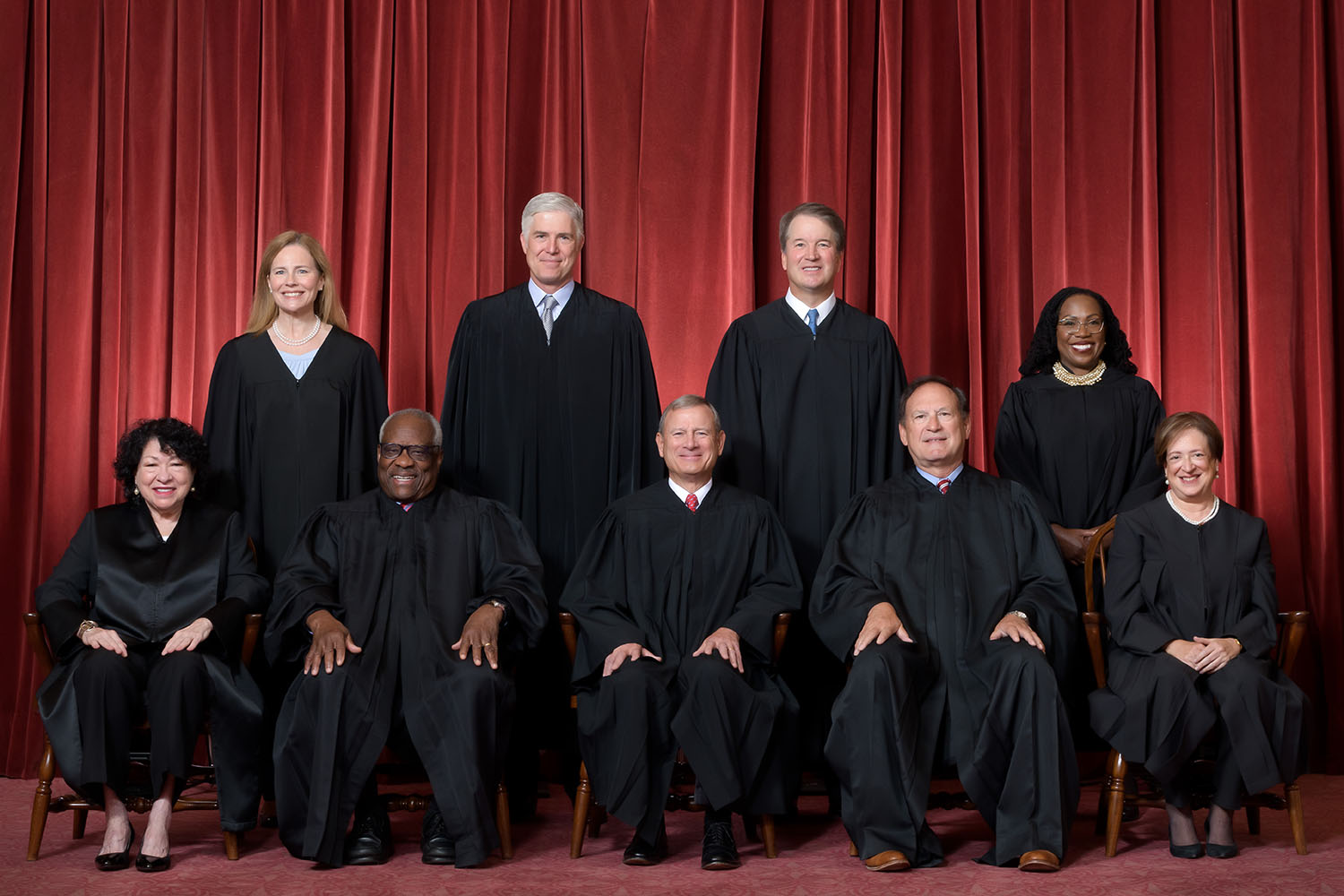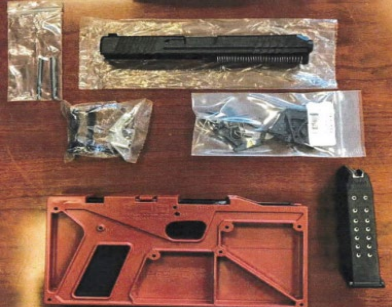
In a 7-2 ruling Wednesday, the Supreme Court said so-called “ghost guns” are subject to the same regulations as commercially manufactured firearms, including serial numbers and background check requirements.
Writing for the Court, Associate Justice Neil Gorsuch explained, “The GCA (Gun Control Act of 1968) embraces, and thus permits ATF to regulate, some weapon parts kits and unfinished frames or receivers, including those we have discussed. Because the court of appeals held otherwise, its judgment is reversed, and the case is remanded for further proceedings consistent with this opinion.”
Gorsuch is joined by Justices Sonya Sotomayor, Elena Kagan, Brett Kavanaugh, Amy Coney Barrett and Ketanji Brown Jackson, and Chief Justice John Roberts. Associate Justices Clarence Thomas and Samuel Alito dissented. The case was known as Garland v. VanDerStok, but became Bondi v. VanDerStok with a change of U.S. Attorney General when the Biden administration was replaced by the second Trump administration in January.
As noted by USA Today, “President Donald Trump could repeal the regulation, something gun rights advocates are counting on.”

According to Newsday, “Ghost guns were found at crime scenes in soaring numbers across the U.S. before the regulation went into place, rising from fewer than 1,700 recovered by law enforcement in 2017 to more than 27,000 in 2023, according to Justice Department data.”
A “ghost gun” was allegedly used in the murder of UnitedHealthCare CEO Brian Thompson outside of a Manhattan hotel in December 2024.
The ATF regulation of unserialized gun parts kits began in 2022 under former President Joe Biden, and was almost immediately challenged. NBC News explains in its report, “Manufacturers and sellers have to obtain licenses, mark products with serial numbers, require background checks and maintain records.”
In a concurring opinion, Justice Sotomayor observes, “For more than half a century, firearms dealers, manufacturers, and importers have complied with the Gun Control Act’s requirements. They have marked their products with serial numbers, kept records of firearm sales, and conducted background checks for prospective buyers. These requirements are not new to the industry, and covered entities know they must maintain familiarity with the statute and accompanying regulations to run their businesses. In fact, the Act requires such entities to obtain federal licenses before selling, manufacturing, or importing any firearms in the first place.
“What is new is that some manufacturers have sought to circumvent the Act’s requirements by selling easy-to-assemble firearm kits and frames, which they claim fall outside the statute’s scope. ATF’s rule simply confirms what was already clear: The Gun Control Act does not tolerate such evasion.”
In his dissent, Justice Thomas argues, “The Government asked this Court just last Term to ‘rewrite’ statutory text so that it could regulate semiautomatic weapons as machineguns. We declined to do so. The Government now asks us to rewrite statutory text so that it can regulate weapon-parts kits. This time, the Court obliges. I would not. The statutory terms ‘frame’ and ‘receiver’ do not cover the unfinished frames and receivers contained in weapon-parts kits, and weapon-parts kits themselves do not meet the statutory definition of ‘firearm.’ That should end the case. The majority instead blesses the Government’s overreach based on a series of errors regarding both the standard of review and the interpretation of the statute.”
The case was brought by two private citizens, Jennifer VanDerStok and Michael Andren, along with several gun rights groups and private businesses.